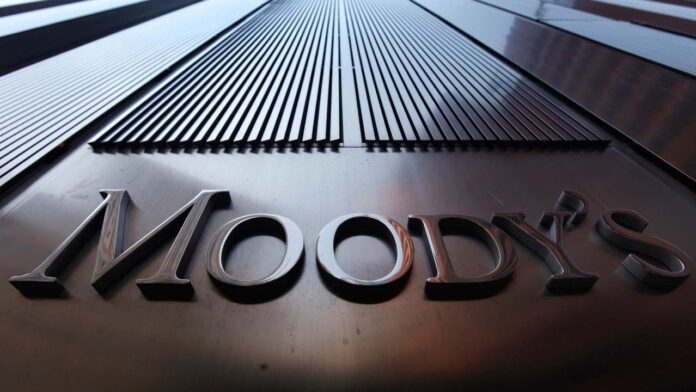Kuala Lumpur, 7 October 2020 – The Asia-Pacific (APAC) region is leading the world in terms of economic recovery, however, the pace of recovery is by no means uniform due to several factors, said Moody’s Analytics (Moody’s).
This includes the particular country’s COVID-19 caseload, the extent of economic lockdown in response to the virus, and the length of time taken to contain the virus.
In a research note today, Moody’s said globally, the number of new cases appeared to have levelled off in September, although the count is rising again in the United States (US) and ascending to new heights in the United Kingdom, France, Spain, and other parts of Europe.
Although new clusters have emerged in the APAC region, Moody’s said most have been contained since August, and the number of new cases is now well below past peaks.
Meanwhile, in Southeast Asia, the research house noted that Malaysia, the Philippines and Indonesia have continued to struggle with the epidemic.
“Cases remain high in the Philippines but are below its early August peak, while Indonesia has yet to reach a peak and is the only remaining Asian nation where COVID-19 is not contained.
“As for Malaysia, the count is well below that of Indonesia and the Philippines, but its count has risen recently, nearly back to its earlier peak,” it said.
Moody’s noted that having control over the COVID-19 spread and the easing of movement restrictions have been key to the initial improvement of economic conditions in Asia.
However, the longer-term recovery will depend upon the region’s re-engagement with the global economy, through trade in global goods and services, including travel and tourism.
While travel will likely be one of the last components of the global economy to rebound, global trade has already turned the corner, it said.
“Although not back to pre-COVID levels, global trade and industrial production have clearly improved.
“This has happened much more quickly than during the 2009 global financial crisis because of the nature of the current business cycle, in which production was not initially hit by a demand shock,” Moody’s said.
Once economies began to reopen, it said, demand for certain goods improved quickly, including electronic components for the production of laptop computers, mobile phones and IT systems, medical equipment, pharmaceuticals, personal protection products, and, beginning first in China, auto parts, automobiles and other consumer durables.
This pattern is evident in the official China Purchasing Managers Index, it said.
“Sentiment among manufacturers also rebounded quickly, partly due to generous government policy measures that provided ample credit to large and essential industries, bolstered further by funding for infrastructure projects that create demand for construction equipment, steel, cement, and other basic commodities, ” Moody’s said.
It said Taiwan, Malaysia, Vietnam, New Zealand and Singapore were the first to improve with linkages to China and the rest of the world through tech-producing industries, medical supplies, food products and other commodities.
It added that continued economic recovery in the region, however, now depends more critically on improving global demand, which is far from certain.
-BERNAMA
